Tannins are polymeric phenolic compounds, which are most common in plants.
Tannins most often accumulate in the bark of tree species, but are also found in the roots, leaves and stems of herbaceous plants.
Types of tannins
Hydrolyzable tannins - under the influence of acids, they are hydrolyzed to simpler compounds such as ellagic and gallic acid. Depending on this, they are divided into elagotanins and halothanins.
Condensed tannins - these are polymers of catechins. This group includes cranberry, oak bark, roots of tormentil.

Tannin sources
Red wine is one of the largest sources of tannins. Tannins are also found in cinnamon, cumin, oregano, vanilla, red beans, black beans, rosehip tea, guarana and beer. Fruit that are rich in tannins are cherries, nectarines, apricots, blueberries, pomegranates and strawberries.
Tannin use
In the past, tannins have been used as clarifying agents. Nowadays they are used as food coloring. They have a yellow color and a very astringent taste. They are soluble in water, glycerin and alcohol. They are characterized by strong acidic properties and belong to the phenolic groups. They're used for wine processing.
In the food industry, tannins are an E181 supplement. This supplement is produced from plant elements. Thanks to it, a very strong connection is created with polysaccharides and various biopolymers. The dye is used in the textile industry and for the production of leather goods.
More sensitive people should be careful with the use of E181. The substance can cause very severe irritation of the intestines and kidneys, liver pain and slow metabolism of vitamins. There is no set maximum amount of tannins, which can be taken in one day.
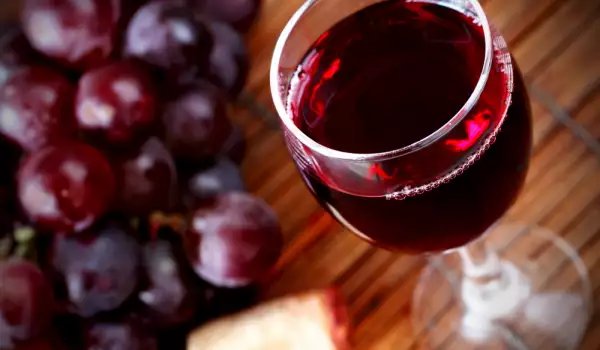
Tannins in red wines
Tannins are the ingredient that creates the specific feeling of dryness that red wine leaves in the mouth. On the other hand, in low-quality wines they are the reasons for the negative characteristics such as bitterness and harsh taste.
However, tannins are absolutely necessary in winemaking, because without them red wines will lose their velvety structure and ability to be stored for a long time.
Tannins build red wines and can even be said to have the same role, which the human skeleton plays in supporting the body. All the useful properties of wine are due to the presence of tannins in it.
Tannins reduce the oxidation of wine - its main enemy. It can be said, that the management of tannins is one of the most difficult and at the same time the main tasks of winemakers. The highest concentration of tannins is red grapes.
Benefits of tannins
Tannins are used mainly as astringents because they have a tightening effect on blood vessels and tissues. On the outer layer of the skin they form a coagulation membrane, which protects the tissues and nerve endings from irritation by various agents.
Thanks to the tannins, the inflammatory processes in the mouth, digestive tract, injured skin subside faster and the mucous membrane does not leak toxic substances. Tannins have a very beneficial effect on diarrhea. They are an excellent antioxidant.
Harm from tannin
Tannins have some serious drawbacks. They are extremely unsuitable for people who are highly sensitive to caffeine, since similarly it can cause tremors, irritability, anxiety and even heart rhythm disturbances.
The second important disadvantage of tannins is that as part of the large family of polyphenols, they reduce the body's ability to absorb iron from food.
If your health is good, this should not be a concern, but in poor nutrition and anemic conditions, large amounts of tannins lower iron levels in the body. This leads to decreased immunity, fatigue, hair loss and more.

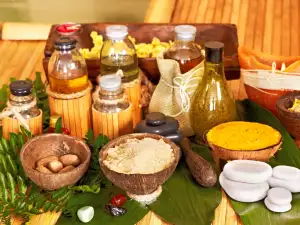

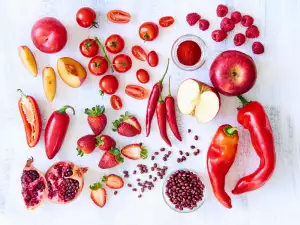
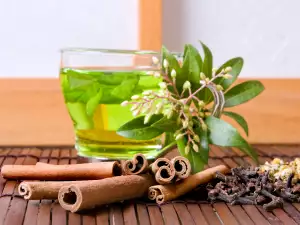
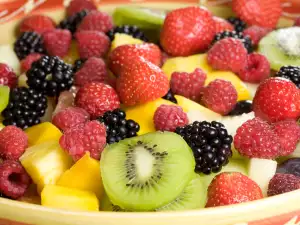

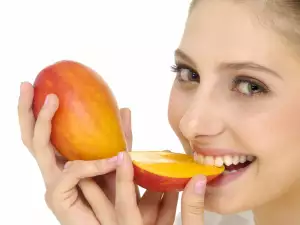

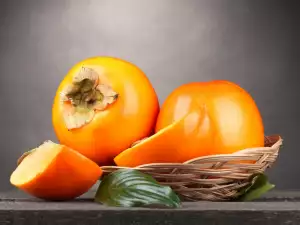


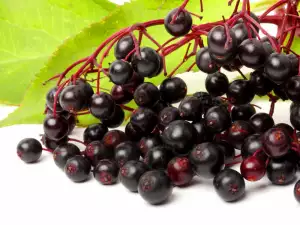
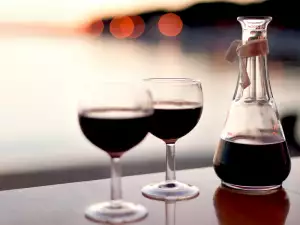
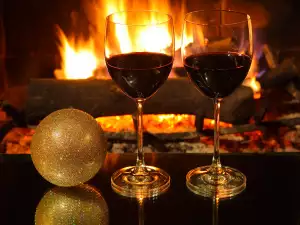
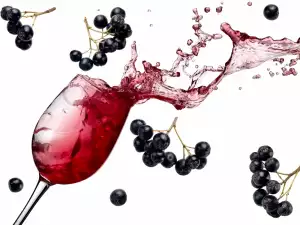
Comments